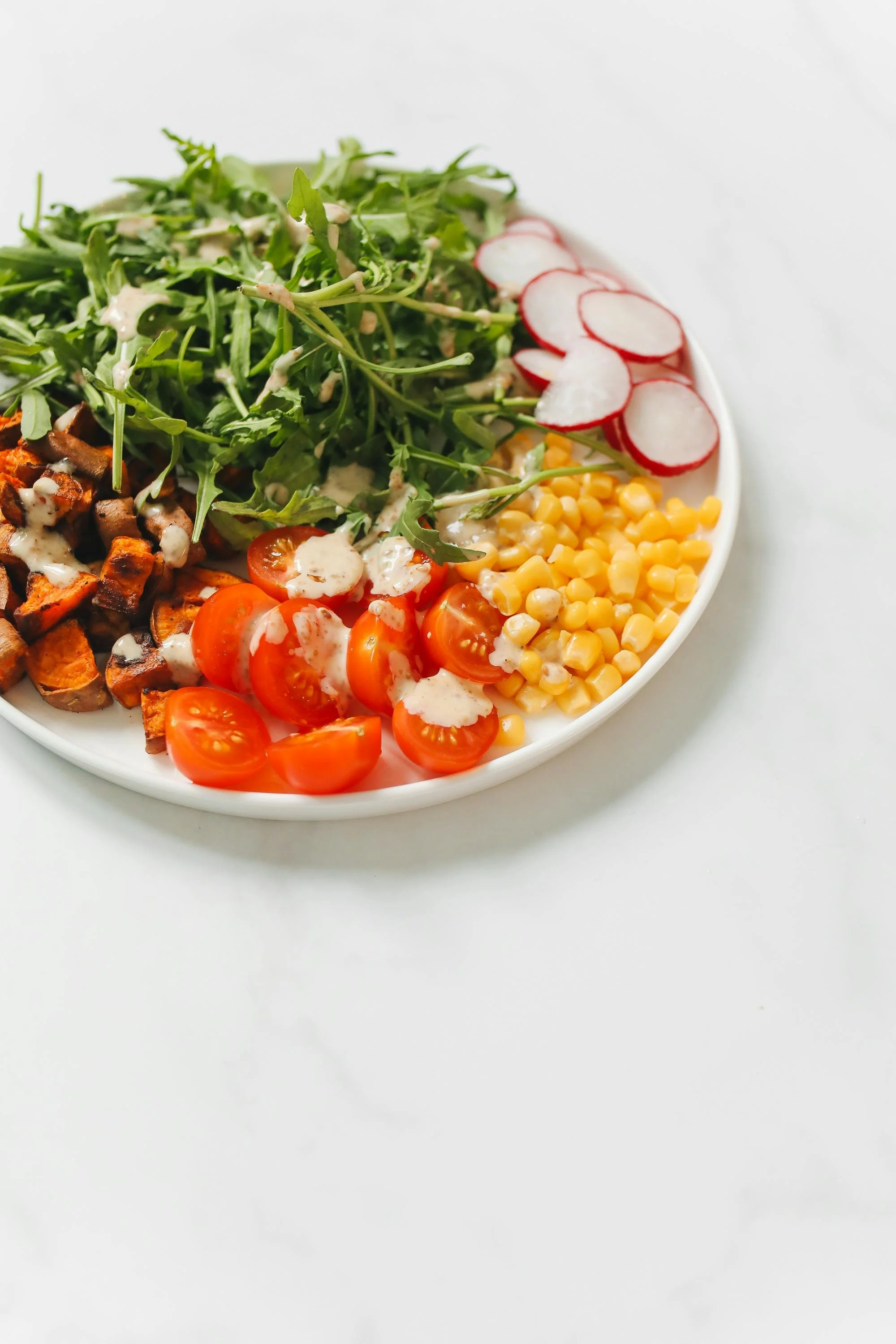How Dietary Fiber Contributes to Vascular Well‑Being
Most people associate dietary fiber with digestion, but its benefits reach far beyond the gut. From stabilizing blood sugar to lowering inflammation and body weight, fiber quietly supports the entire vascular network, including the veins that return blood to your heart. If you’re thinking about preventive strategies for varicose veins, hemorrhoids, venous insufficiency, or simply want to nurture healthier circulation, fiber deserves a front-row seat on your plate.
Fiber 101: Soluble vs. Insoluble (and Why Both Matter)
Soluble fiber dissolves in water to form a gel-like substance. It slows glucose absorption, binds cholesterol-rich bile acids, and feeds beneficial gut bacteria that produce anti-inflammatory short-chain fatty acids (SCFAs). Oats, barley, beans, lentils, and many fruits are top sources.
Insoluble fiber doesn’t dissolve. It adds bulk to stool, speeds transit time, and helps prevent constipation, a major but underappreciated driver of venous pressure in the pelvis and lower limbs. Think whole wheat, bran, nuts, seeds, and many vegetables.
A balanced combination is ideal: soluble fiber helps optimize metabolic and inflammatory markers that influence vascular integrity, while insoluble fiber reduces straining that can worsen varicose veins and hemorrhoids.
How Fiber Protects Your Veins (Mechanisms That Matter)
Here’s how routinely hitting your fiber target can translate into better vein health:
Reduces straining and intra-abdominal pressure: Softer, bulkier stools mean less pushing on the toilet, and less pressure on venous valves in the legs and rectum.
Improves lipid profiles: Soluble fiber can lower LDL cholesterol, indirectly supporting healthier vessel walls throughout the circulatory system.
Flattens post-meal glucose spikes: Smoother glucose and insulin curves help protect endothelial function and reduce low-grade inflammation that harms vascular tissue.
Supports a healthier weight: High-fiber foods promote satiety, helping with weight control, a key factor, since excess body weight raises venous pressure in the legs.
Feeds the microbiome: Fermentation of fiber produces SCFAs (like butyrate) that reduce systemic inflammation and may improve endothelial (vessel lining) health.
Helps regulate blood pressure: Via improved insulin sensitivity, weight control, and vascular function, fiber can contribute to more favorable blood pressure, beneficial for the whole vascular tree.
Daily Targets (and How to Actually Reach Them)
Most adults fall short of the commonly recommended ~25 grams per day for women and ~38 grams per day for men. If you’re not tracking, it’s easy to land around 12–15 grams, barely half of what your veins (and heart) would prefer.
A practical approach:
Anchor each meal with a high-fiber staple: oats, barley, quinoa, brown rice, lentils, black beans, chickpeas.
Upgrade your produce: favor whole fruit over juice; throw leafy greens, crucifers, and skins-on potatoes into your rotation.
Snack smart: nuts, seeds, edamame, roasted chickpeas, or an apple with peanut butter.
Swap refined for whole: whole-wheat pasta or bread, or try legume-based pastas for a double hit of fiber and protein.
Hydrate as you increase: fiber works best , and most comfortably , with water.
A One-Day, Vein-Friendly Fiber Sample (≈30–35 g)
Breakfast: ½ cup dry steel-cut oats cooked with chia seeds, topped with blueberries and a spoonful of ground flax (10–12 g).
Lunch: Lentil and veggie soup with a slice of whole-grain bread, plus a side salad rich in leafy greens and carrots (10–12 g).
Snack: An apple and a small handful of almonds (5–6 g).
Dinner: Grilled salmon over quinoa with roasted Brussels sprouts (6–8 g).
Tweak portions and choices to match your calorie needs and preferences.
Who Especially Benefits?
People with chronic constipation or frequent straining.
Those with varicose veins, hemorrhoids, or venous insufficiency looking for lifestyle adjuncts to medical care.
Individuals with metabolic syndrome, diabetes, or elevated LDL cholesterol, where fiber’s metabolic effects help protect vascular health.
Anyone managing weight, fiber-rich foods are naturally more filling and often less calorie-dense.
Fiber Myths to Skip
“Fiber supplements are all I need.”
Supplements (like psyllium) can be helpful, especially for constipation, but they don’t replace the broad nutrient and phytochemical package found in whole foods.
“I increased fiber yesterday and now I’m bloated; it’s not for me.”
Go slow. Add 5 grams every few days, drink plenty of water, and let your microbiome adapt.
“Only soluble fiber matters for the heart, so the rest is optional.”
Both types play complementary roles in vascular well-being. Insoluble fiber’s impact on stool bulk and straining is critical for venous health, specifically.
The Bottom Line
Dietary fiber is a quiet multitasker: it lightens the load on your veins by easing constipation and straining, and it fortifies vascular health through better lipids, glucose control, inflammation reduction, and weight management. Aim for a food-first strategy that blends soluble and insoluble fiber sources, and scale up gradually. Your veins (and your entire cardiovascular system) will thank you.
Elmore Medical Vein & Laser Treatment Center is the premier vein specialty medical practice in the Central Valley. Dr. Mario H. Gonzalez and his staff offer years of experience and medical expertise that you won’t find anywhere else. Contact us to set up a consultation appointment.

